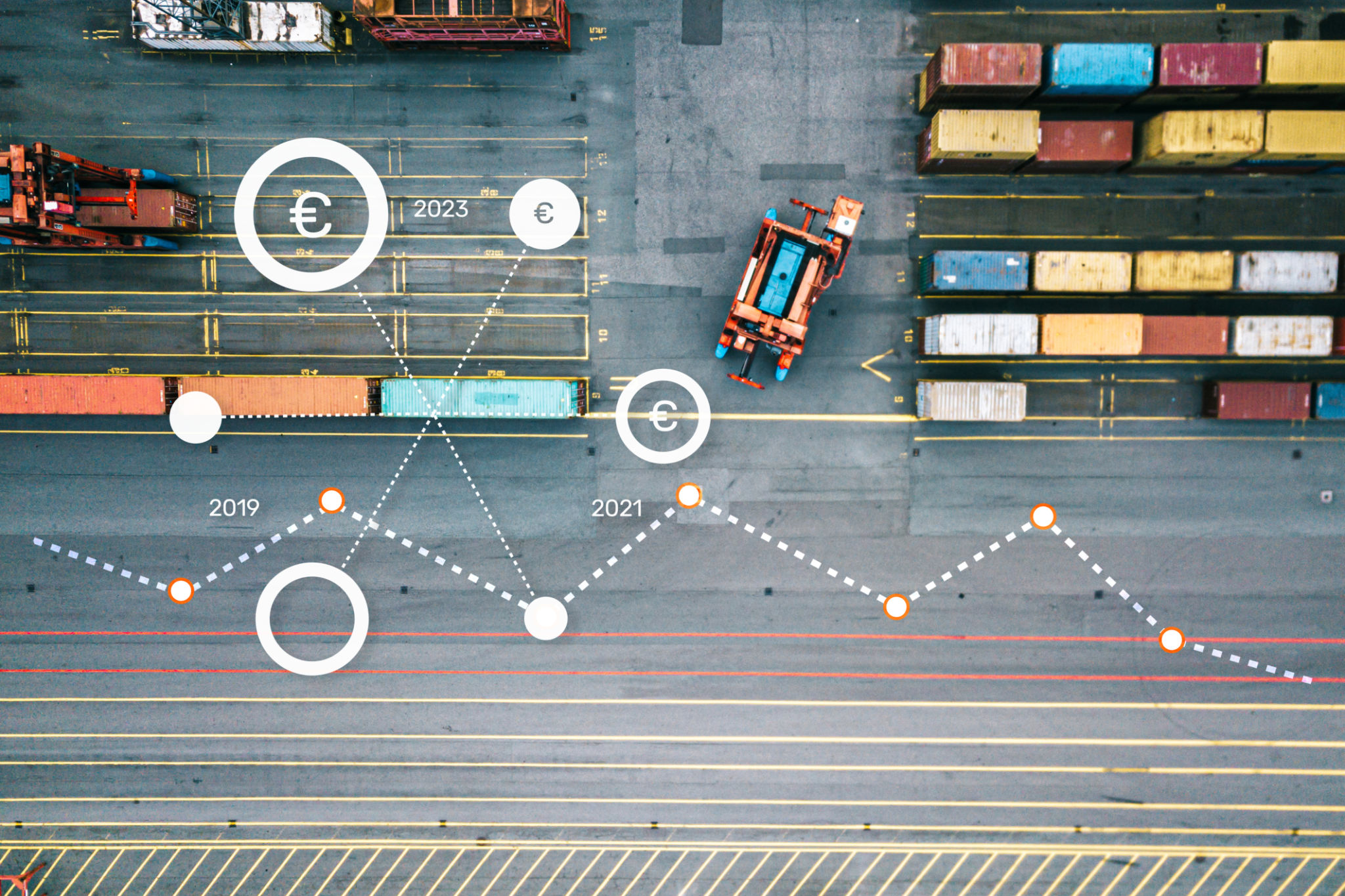Common Supply Chain Challenges and How to Overcome Them
Understanding Supply Chain Challenges
The supply chain is a complex network that connects producers to consumers. Managing this intricate system efficiently is crucial for business success. However, several challenges can disrupt the flow of goods and services, impacting timelines and costs. Understanding these challenges is the first step toward overcoming them.
Supply chain disruptions can arise from various sources, including natural disasters, geopolitical tensions, and market volatility. Companies must be agile and responsive to mitigate these risks effectively. In this post, we will explore some common supply chain challenges and discuss strategies to address them.

Demand Forecasting
One of the most significant challenges in supply chain management is accurately forecasting demand. Inaccurate predictions can lead to overproduction or stockouts, both of which are costly. Businesses must employ advanced analytics and data-driven approaches to improve their forecasting accuracy.
Implementing technologies such as artificial intelligence (AI) and machine learning can enhance demand forecasting by analyzing historical data and identifying patterns. This allows businesses to make informed decisions and adjust their strategies accordingly.
Supplier Management
Maintaining strong relationships with suppliers is crucial for a smooth supply chain. Issues such as delayed deliveries or quality inconsistencies can disrupt production schedules and affect customer satisfaction. Establishing clear communication channels and performance metrics can help mitigate these issues.
Businesses can also diversify their supplier base to reduce dependency on a single source. This strategy enhances resilience and provides alternative options in case of disruptions. Regular audits and performance evaluations ensure that suppliers meet the required standards.

Inventory Management
Efficient inventory management is essential to balance supply and demand. Overstocking and understocking can lead to increased costs and lost sales, respectively. Companies need to implement robust inventory management systems that provide real-time visibility into stock levels.
Adopting just-in-time (JIT) inventory practices can reduce carrying costs and minimize waste. Additionally, using automated systems for tracking and replenishment can streamline operations and improve efficiency.
Transportation and Logistics
Transportation is a critical component of the supply chain, and logistical challenges can significantly impact delivery times and costs. Factors such as fuel prices, regulatory changes, and infrastructure limitations can pose significant hurdles.
To overcome these challenges, businesses should invest in route optimization software and collaborate with reliable logistics partners. Tracking technologies, such as GPS and RFID, provide real-time updates and improve the visibility of shipments.

Adapting to Technological Advancements
The rapid pace of technological advancements presents both opportunities and challenges for supply chain management. Companies must stay updated with the latest technologies to remain competitive and efficient.
Investing in digital transformation initiatives, such as blockchain for transparency and IoT for asset tracking, can enhance supply chain operations. Continuous learning and adaptation are vital to leveraging these technologies effectively.
By addressing these common supply chain challenges proactively, businesses can enhance their resilience and ensure a smoother flow of goods and services. A strategic approach, combined with the right technologies, can significantly improve supply chain performance and contribute to overall business success.